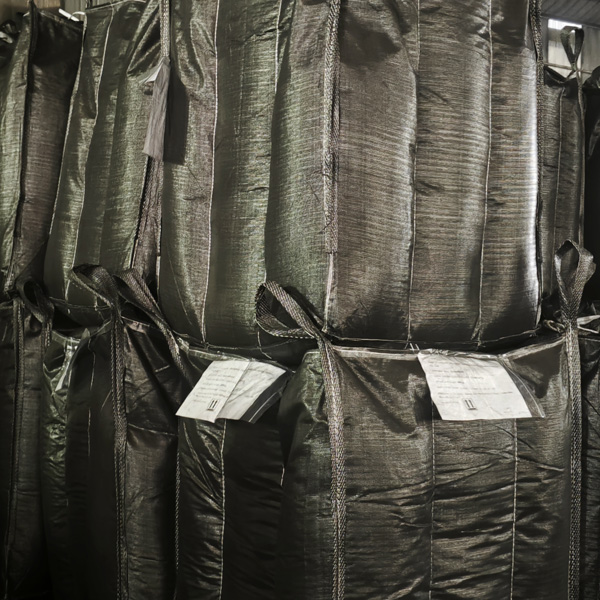+86 17737144966
Ever wondered why your MDEA solution turns into a grimy mess halfway through gas treatment? Picture this: impurities piling up like uninvited party crashers, wrecking your system’s efficiency. Enter 8-30 mesh activated carbon (GAC)">granular activated carbon (GAC)—the industrial world’s ultimate bouncer for purifying methyl diethanolamine (MDEA) solutions. Let’s unpack how this unsung hero works and why its size matters more than you think.
8-30 mesh GAC starts life as coconut shells or coal, baked at scorching temps to create a porous structure. Think of it like turning a brick into Swiss cheese—except this “cheese” traps bad stuff. The magic happens during activation: steam or chemicals blast microscopic tunnels into each granule, creating a surface area up to 1,500 m² per gram. That’s bigger than two basketball courts in a teaspoon-sized particle!
Here’s the kicker: the 8-30 mesh size (0.6-2.36 mm) is the Goldilocks zone for MDEA systems. Too fine? It clogs pipes. Too chunky? It’s like using a colander to catch sand. This mid-range grit balances flow rate and contaminant grab—like a coffee filter that actually works.
MDEA solutions in gas sweetening plants collect three types of troublemakers:

Degradation byproducts – Heat turns MDEA into gunk that sticks to equipment
Hydrocarbons – Oily invaders from feed gas that foam up operations
Metal ions – Iron and nickel hitchhikers causing corrosion chaos
8-30 mesh GAC tackles these through three mechanisms:
| Mechanism | What It Catches | Real-World Impact |
|---|---|---|
| Adsorption | Organic molecules, oils | Cuts foaming by 60-80% |
| Catalytic reaction | Oxidized sulfur compounds | Extends MDEA life 2-3x |
| Ion exchange | Metal ions (Fe²⁺, Ni²⁺) | Reduces corrosion rates by 40% |
Not all activated carbons are created equal. Here’s what separates the pros from the posers when selecting 8-30 mesh GAC for MDEA:
Iodine number 800-1,000+mg/g means serious contaminant appetite
Hardness – 95%+ attrition resistance prevents dusting
Ash content – Under 5% keeps pH stable in amine systems
Pore distribution – 20-50 Å micropores target MDEA degradation products
Reactivation cycles – 3-5 reuses without efficiency drop
Fun fact: Coconut-based GAC outperforms coal-based in MDEA systems because its pore structure matches contaminant molecule sizes—like having the right key for a lock.
Ever seen a $10,000 carbon bed turn into a paperweight? Avoid these rookie mistakes:
Flow direction matters – Always feed MDEA top-down to prevent channeling
Pre-filtration is non-negotiable – A 10-micron sock filter doubles bed life
Backwash weekly – 15 minutes of reverse flow keeps pores unclogged
Pro tip: Monitor pressure drop across the bed. A sudden spike means it’s time for carbon replacement—no guesswork needed.
Even superheroes retire. Watch for these signs your 8-30 mesh GAC needs changing:
MDEA solution color darkens to iced coffee shade
Foam height in contactor triples during operation
Total acid number (TAN) jumps by 0.5 mg KOH/g
On average, expect 6-18 months of service depending on contaminant load. Bonus: Spent carbon can be reactivated—it’s the circle of life for GAC.
Using 8-30 mesh granular activated carbon in MDEA purification isn’t just about keeping pipes clean—it’s a financial no-brainer. Plants report 15-30% reductions in amine make-up costs and 50% fewer downtime events. Plus, meeting emission regulations becomes a walk in the park rather than a regulatory tightrope.
So next time your MDEA system acts up, remember: the right carbon at the right size isn’t an expense—it’s your ticket to smooth operations and fatter profit margins. Now that’s what we call a clean win!